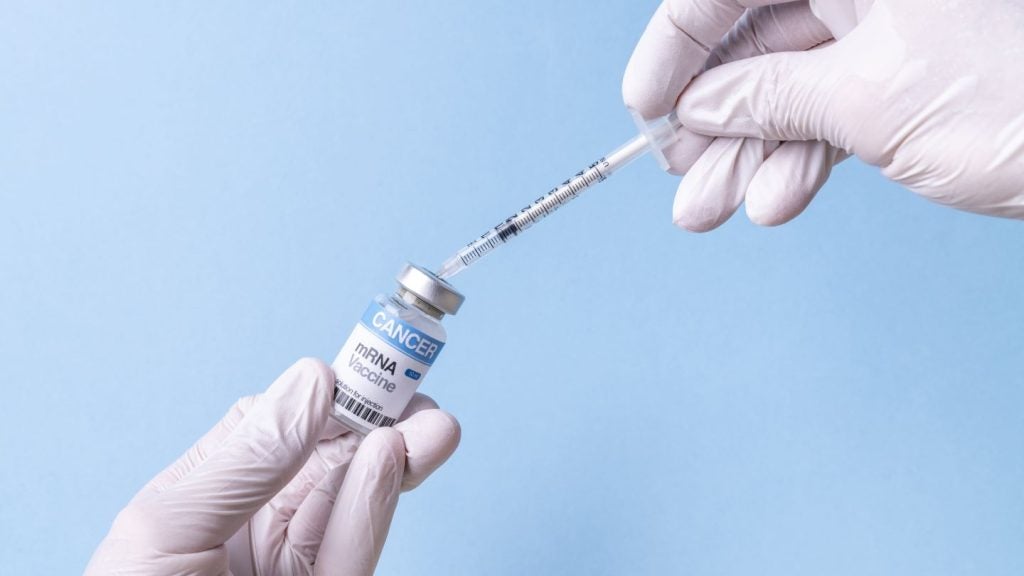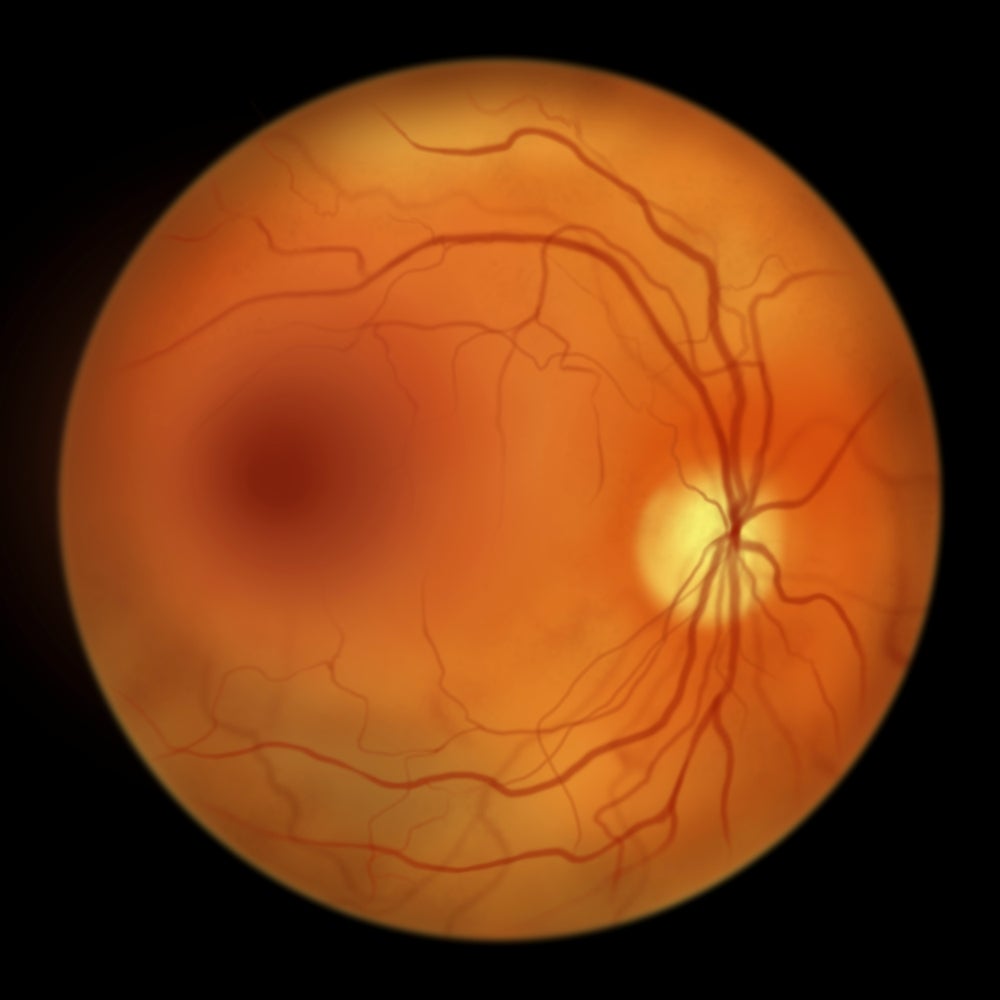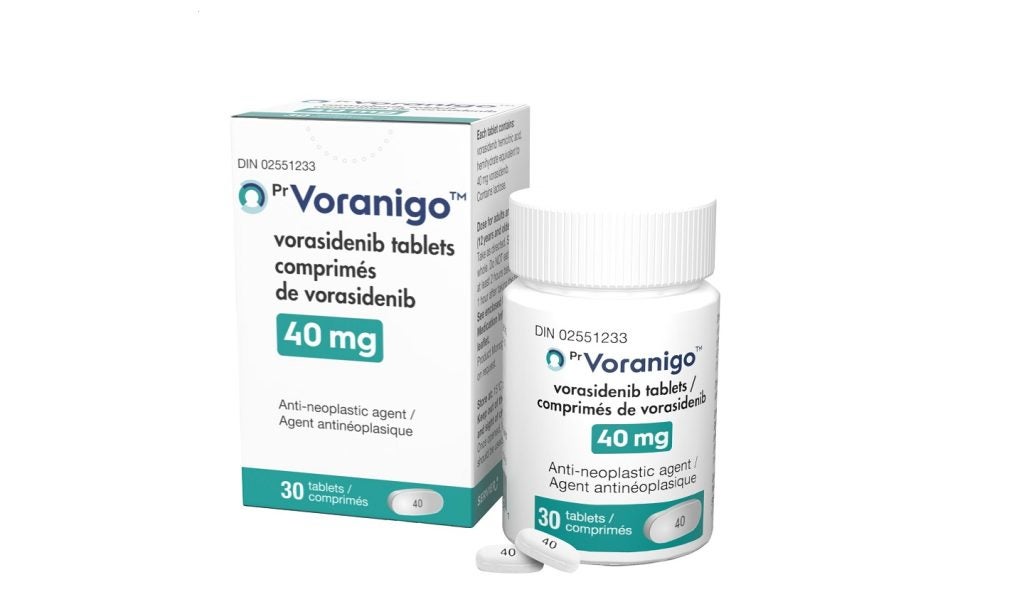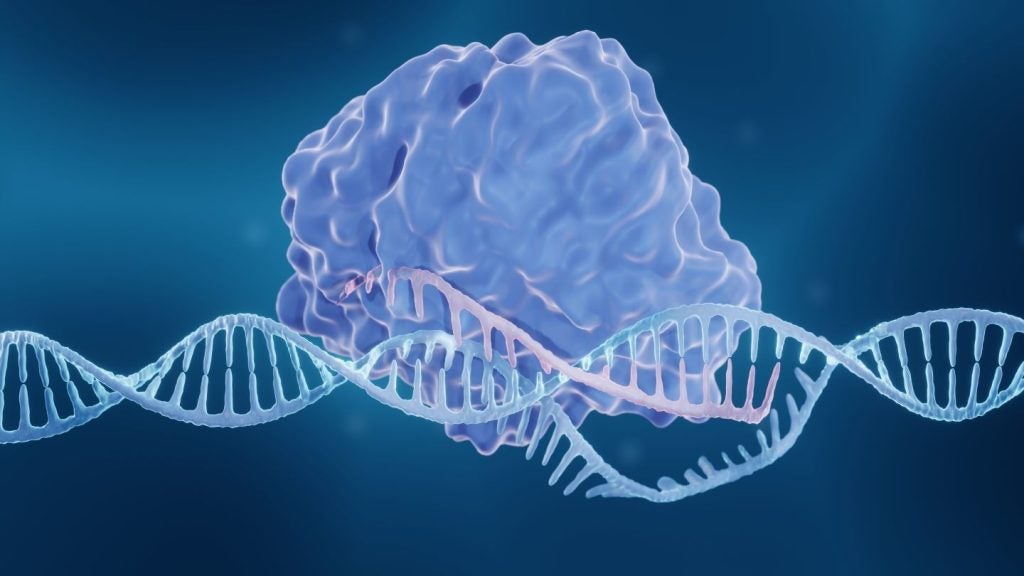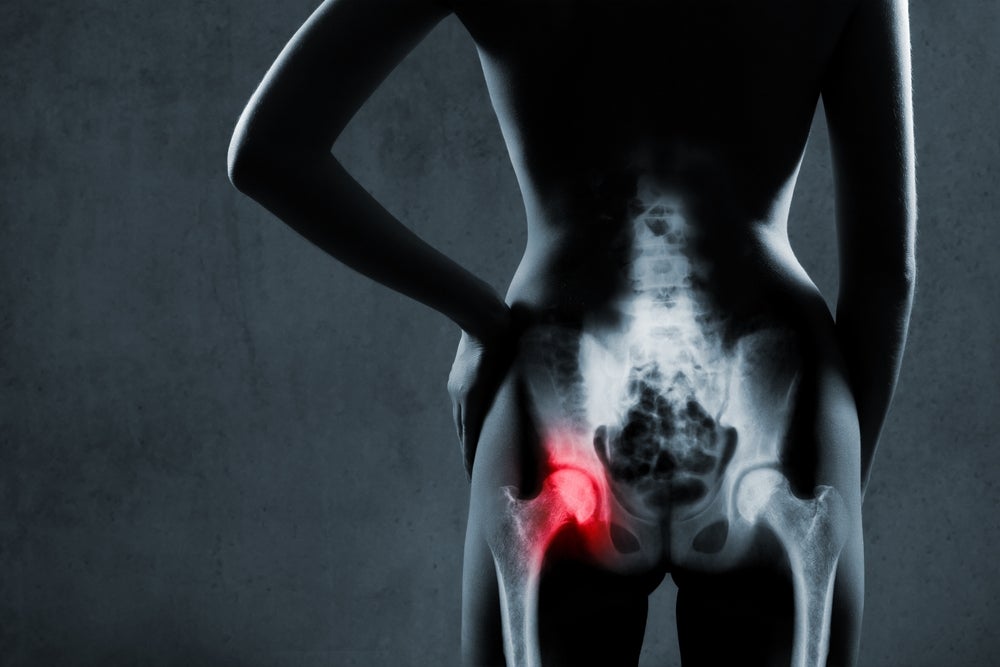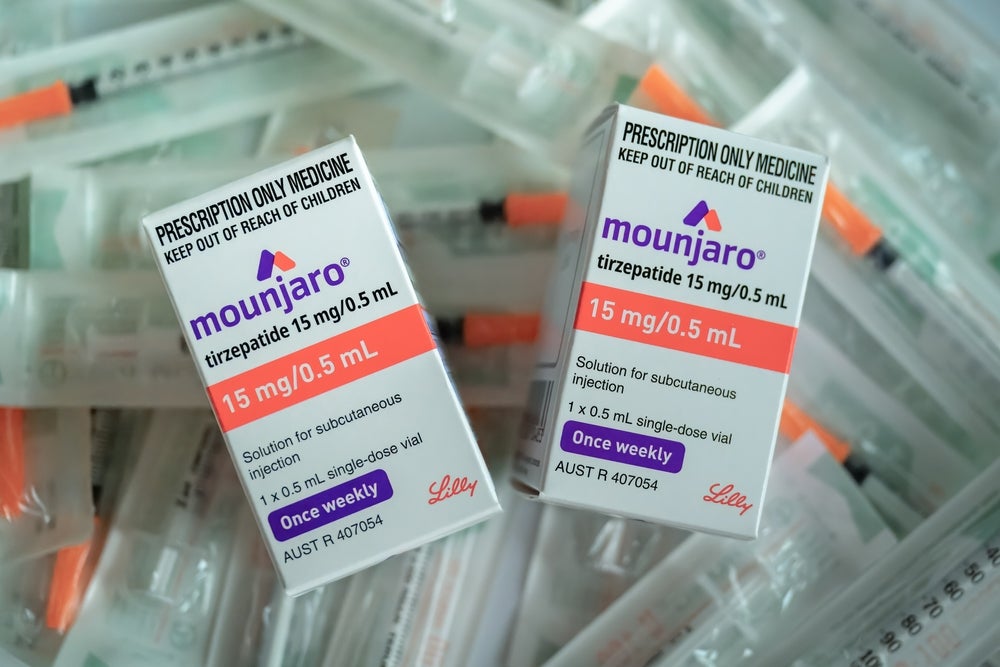On 21 October 2024, at the 128th Annual Meeting of the American Academy of Ophthalmology (AAO) 2024 in Chicago, US, a matching-adjusted meta-analysis that indirectly compared the efficacies of Eylea HD (aflibercept 8mg) and Vabysmo (faricimab) was presented by Dr Jennifer I Lim, MD, FARVO, FASRS, Marion Schenk Chair of Ophthalmology for Research of the Aging Eye and Distinguished Professor of Ophthalmology at the University of Illinois at Chicago.
Aflibercept is a vascular endothelial growth factor (VEGF) inhibitor, available at a 2mg dose as Eylea and at an 8mg dose as Eylea HD. Vabysmo (faricimab) is a dual VEGF and angiopoietin-2 (Ang-2) inhibitor. Both therapies are indicated for diabetic macular oedema (DME) and neovascular age-related macular degeneration (nAMD), among other diseases. While numerous studies have investigated both therapies individually, there have so far been no trials directly comparing the two therapies.
This study sought to compare 12-week data from relevant Phase III trials for Eylea HD and Vabysmo, aiming to unravel which treatment provided superior reductions in central subfield thickness (CST). This was accomplished through comparing data from DME trials YOSEMITE/RHINE to PHOTON, and nAMD trials TENAYA/LUCERNE to PULSAR. All trials within the respective sub-indications had a common comparator, Eylea, which served as an anchor in this study, to facilitate comparison between Eylea HD and Vabysmo. The trial duration was set to 12 weeks to ensure that patients across all trials used in the network meta-analysis (NMA) received the same number of injections, whether Eylea, Eylea HD or Vabysmo.
After selecting the relevant clinical trials to conduct the NMA, the populations of YOSEMITE/RHINE trials, which compared Eylea to Vabysmo in DME patients, were matched to baseline characteristics of the PHOTON trial, which compared Eylea to Eylea HD in DME patients. Matching was conducted based on characteristics such as mean age, mean best-corrected visual acuity (BCVA), absent, mild or moderate diabetic retinopathy severity scale (DRSS), and particularly mean CST, prior treatment with anti-VEGF, and moderately severe or severe DRSS, characteristics that had a larger difference at baseline among PHOTON and YOSEMITE/RHINE trials. This was done through applying weights, and YOSEMITE/RHINE outcomes were altered accordingly.
Results revealed that in DME patients, Vabysmo provided a higher CST reduction compared to Eylea HD, with Vabysmo’s CST thinning by 19µm more than Eylea and Eylea HD, from baseline to week 12, proving that Vabysmo dries better than Eylea and Eylea HD.
This analysis was then performed on respective data for nAMD. Data from TENAYA/LUCERNE, which compared Eylea to Vabysmo in nAMD patients, was matched to baseline characteristics of the PULSAR trial, which compared Eylea to Eylea HD in nAMD patients. In this instance, matching was conducted on characteristics that included mean age, mean BCVA, mean CST, and predominantly the percentage of absence of intraretinal fluid or subretinal fluid and mean lesion area characteristics that had a larger difference at baseline among PULSAR and TENAYA/LUCERNE trials. In this analysis, results obtained from the DME trial were further established, again proving a higher CST reduction with Vabysmo over Eylea HD, with Vabysmo’s CST thinning by 19µm more than Eylea and 17µm more than Eylea HD, from baseline to week 12, confirming that Vabysmo dries better than Eylea and Eylea HD.
Key opinion leaders (KOLs) interviewed by GlobalData highlighted the lack of data directly comparing Eylea HD to Vabysmo, expressing that it would be difficult to evaluate the two therapies due to differences in inclusion and exclusion criteria between their respective trials. Nonetheless, this NMA serves as a way to bridge the gap between trials for both therapies and provide an indication as to how these therapies compare to one another based on existing data.
While this data serves as a testament to Vabysmo’s superior improvements in CST over Eylea HD in both DME and AMD, it is worth noting that this study did not come without limitations; data from PHOTON and PULSAR trials did not account for individual patient data and was aggregated instead. Furthermore, there may have been influential differences in other characteristics that were not accounted for in the study. Nevertheless, Vabysmo’s superior CST improvements further fuel the interest in its hallmark dual pathway inhibition.
According to GlobalData’s Pharma Intelligence Center, for DME, worldwide, there are 15 Phase III candidates, 32 Phase II candidates and eight Phase I candidates. For wet AMD, worldwide, there are 30 Phase III candidates, 36 Phase II candidates and 15 Phase I candidates.



